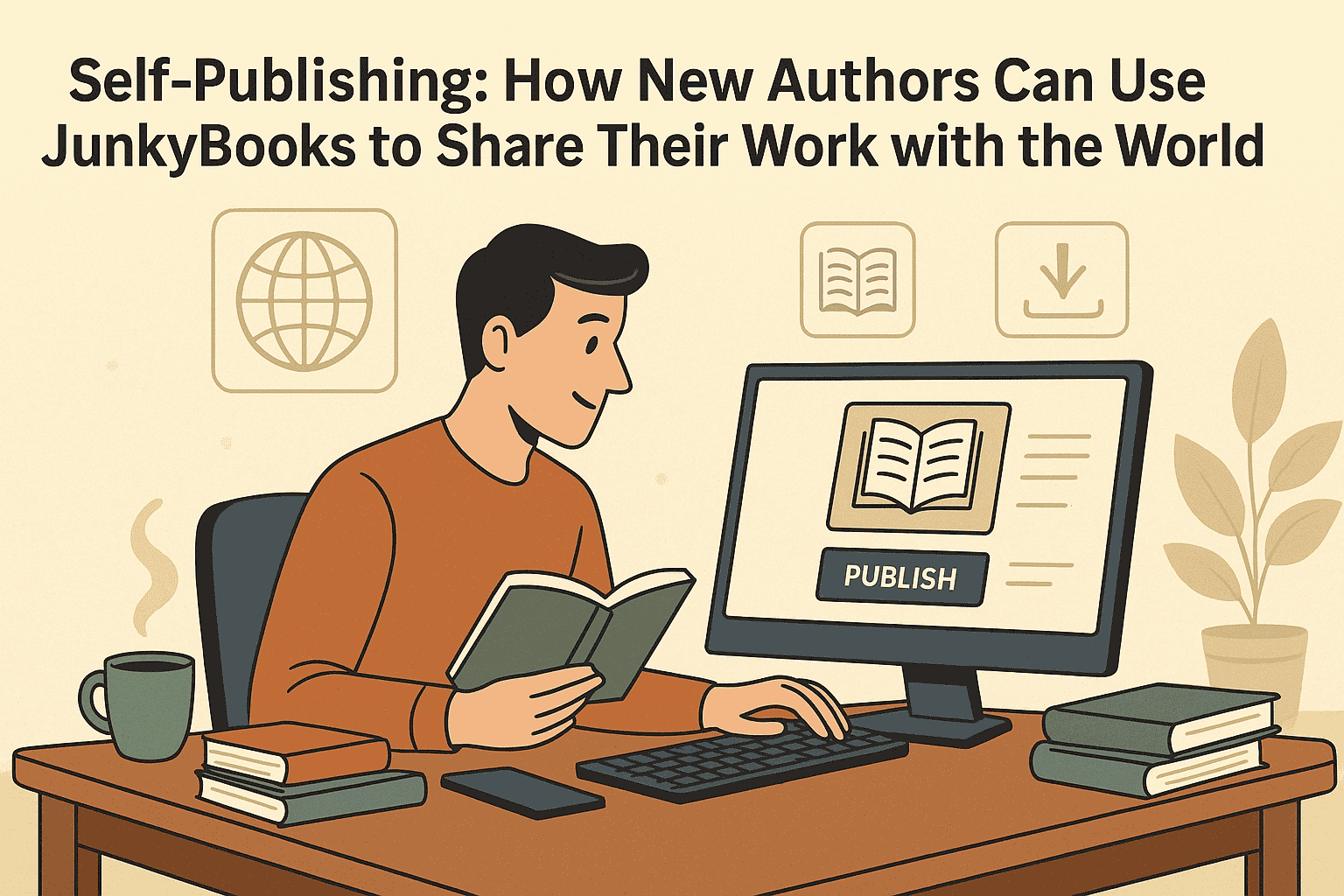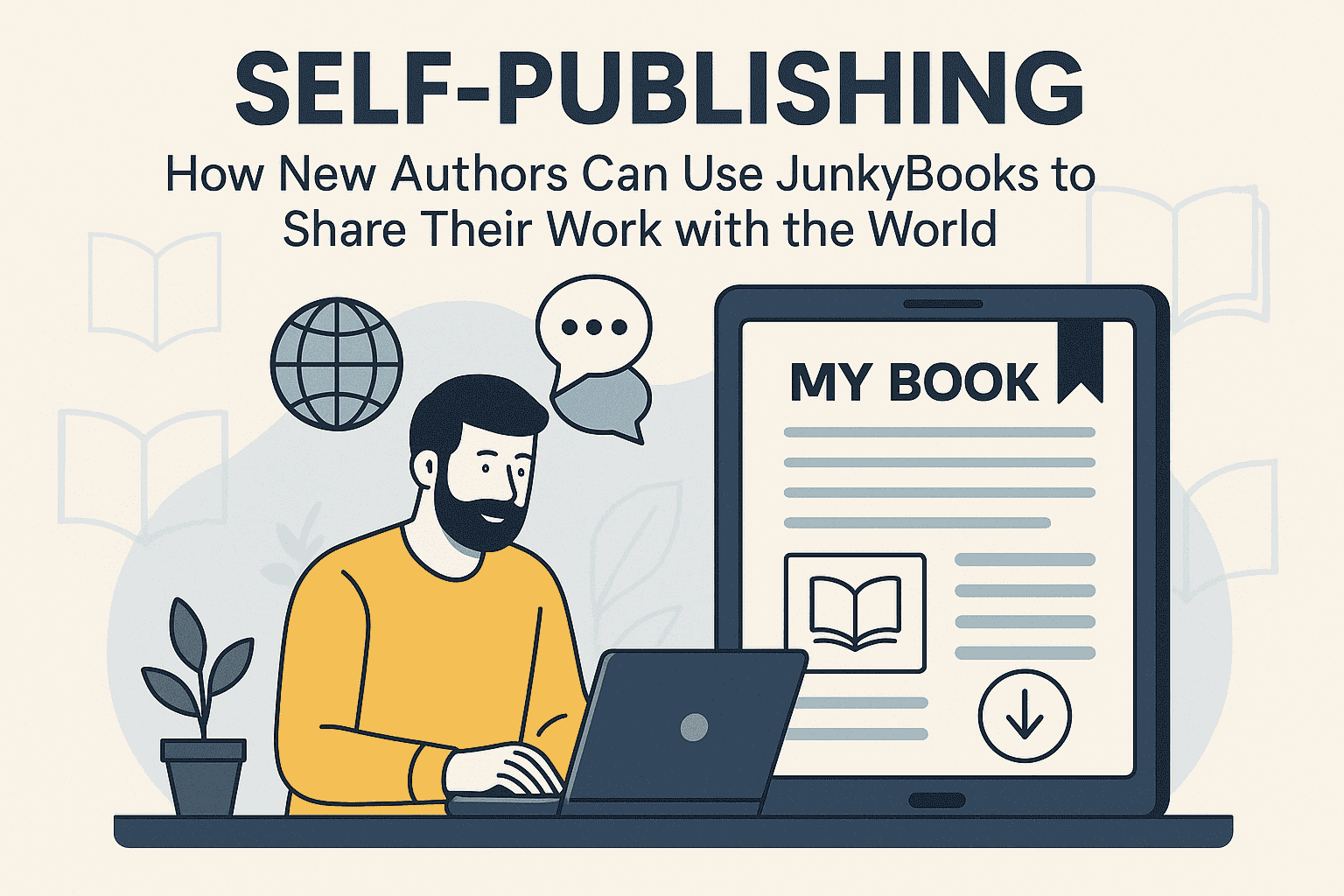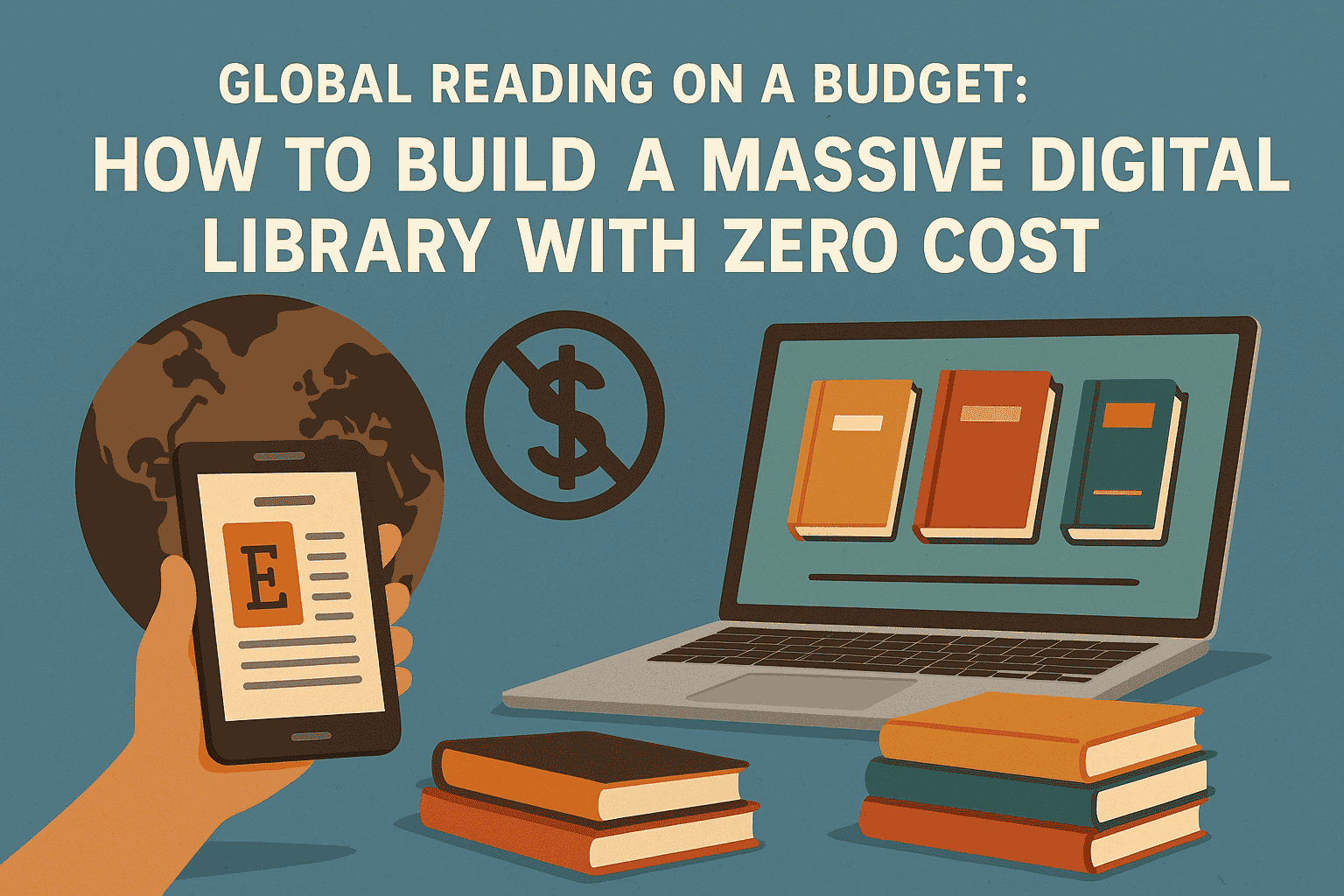An Introduction to Feminist Literary Criticism
When we think about literature, we often picture classic novels, famous poets, and epic stories that have stood the test of time. But have you ever paused to ask: whose stories are being told? And whose voices are missing? That’s where feminist literary criticism comes in.
It asks the big, important questions about gender, power, and representation in books—and it’s been changing how we read literature for decades.
Feminist literary criticism isn’t just about reading books written by women. It’s about analyzing how literature shapes—and is shaped by—ideas about gender. It’s about digging deeper into the roles women play in stories, the language used to describe them, and how those roles reflect (or challenge) the society in which those stories were written.
Let’s unpack this idea, step by step.
So, What Is Feminist Literary Criticism?
At its core, feminist literary criticism is the act of looking at literature through a feminist lens. It questions how women are portrayed in fiction, how gender roles are reinforced or broken, and how literature contributes to our understanding of what it means to be a woman—or a man, for that matter.
It’s a way of saying, “Hey, wait a second—why are all the women in this book quiet, passive, or love-obsessed?” Or, “Why is the male character always the one who gets to go on adventures while the woman stays home?”
Feminist literary criticism doesn’t aim to attack literature; rather, it encourages us to read more thoughtfully and more inclusively. It opens our eyes to the invisible patterns we've grown used to, and invites us to think critically about them.
A Little History
Feminist criticism really gained traction in the 1960s and 70s, during the second wave of feminism. Women scholars and writers began to push back against the male-dominated literary canon—basically, the list of “great” works everyone was supposed to read, which were mostly written by men about men.
Writers like Elaine Showalter, Sandra Gilbert, and Susan Gubar became key voices in this movement. They didn’t just want to analyze how women were depicted in fiction—they wanted to recover lost works by women writers and make space for their voices in literary history.
In fact, Gilbert and Gubar’s book The Madwoman in the Attic (published in 1979) is one of the most influential works in feminist criticism. It explores how women writers—like Charlotte Brontë and Mary Shelley—navigated a world where literature was largely a male space. Their ideas helped bring feminist thinking to university classrooms and book clubs alike.
How Feminist Literary Criticism Works in Practice
Let’s say you’re reading a novel—Jane Austen’s Pride and Prejudice, for example. A feminist critic might ask:
-
How are women expected to behave in this society?
-
What choices are available to female characters, and how are they limited?
-
Does the story challenge or reinforce traditional gender roles?
In Pride and Prejudice, marriage is seen as the ultimate goal for women—but Austen also subtly critiques that idea. Elizabeth Bennet wants love, not just security. She refuses to marry for convenience. A feminist reading would explore how Austen pushes back against social norms, even within the conventions of a romantic novel.
Or take a look at Shakespeare’s Hamlet. Ophelia is often seen as passive, emotional, and fragile. But feminist critics ask: Is that the only way to read her? Is she a victim of the male-dominated world she lives in? Could her madness be a form of resistance?
These kinds of questions don’t just apply to old classics—they apply to modern books, too. Whether you're reading The Hunger Games or Normal People, a feminist lens can add depth and spark meaningful conversations.
Beyond Women: Expanding the Lens
It’s important to note that feminist literary criticism isn’t just about women—it’s about gender, which includes everyone. Over the years, feminist criticism has expanded to include issues like masculinity, intersectionality (how gender intersects with race, class, sexuality, etc.), and queer theory.
For instance, Black feminist critics like bell hooks and Toni Morrison have pointed out that traditional feminist criticism sometimes overlooks the experiences of women of color. Their work reminds us that identity is layered—and that literature must be examined with all those layers in mind.
So, a feminist reading today might ask:
-
How does race influence the character’s experience of gender?
-
Is there diversity in how women are represented—or are they all written through the same lens?
-
How do queer characters experience gender roles differently in the story?
This broader, more inclusive form of feminist criticism reflects how our world has changed—and how literature continues to evolve with it.
Why It Matters
You might be wondering: why does any of this matter? Isn’t it just overthinking a story?
Not really. The way stories are told—and the voices that tell them—shape how we see the world. Literature can reinforce stereotypes or challenge them. It can reflect harmful ideas or give us new ones.
When you read a story where the woman is always the sidekick, or the prize, or the tragic figure who dies for the hero’s growth, you’re seeing a pattern. And when that pattern repeats across hundreds of books and movies, it starts to influence what we believe is “normal.”
Feminist literary criticism helps us recognize those patterns—and break them. It encourages authors, readers, and critics to imagine more complex, realistic, and empowering portrayals of all people.
Personal Reflections: My First Encounter
I still remember the first time I read The Awakening by Kate Chopin. It’s about a woman, Edna Pontellier, who begins to question the expectations placed on her as a wife and mother. The book was written in 1899—yet it felt startlingly modern.
I didn’t have the words for it back then, but what I was experiencing was a feminist reading. I was seeing Edna not as a “bad” woman for wanting freedom, but as someone trapped by her time and trying to find her own voice. That experience changed how I read literature forever.
Later, studying Virginia Woolf’s A Room of One’s Own gave me the tools to understand that female authors often had to fight to be taken seriously. They needed time, space, and independence—things that many male writers took for granted.
These readings didn’t ruin the stories for me—they made them richer.
Feminist Literary Criticism Today
Today, feminist criticism is more alive than ever. It’s present in book reviews, university courses, online essays, and social media discussions. Platforms like Junkybook help keep these conversations going by creating spaces where readers can reflect critically and share insights on the books they love.
Contemporary feminist critics explore everything from The Handmaid’s Tale to Bridgerton, from classic novels to TikTok bestsellers. They’re asking: Are we moving forward in how we portray women? Or are we recycling the same old tropes in new packaging?
Books by authors like Chimamanda Ngozi Adichie, Margaret Atwood, and Roxane Gay continue to push the boundaries of what feminist literature can be.
And perhaps most exciting of all, young readers and writers are engaging with these ideas earlier than ever. They’re questioning what they read, thinking about representation, and creating new stories that challenge outdated norms.
Final Thoughts
Feminist literary criticism isn’t about reading books “the right way.” It’s about asking thoughtful questions and staying open to different perspectives. It’s about uncovering layers in stories that we might have missed before.
Whether you’re a student, a casual reader, or a writer yourself, feminist criticism gives you tools to read more deeply and write more meaningfully. It helps ensure that literature reflects the full spectrum of human experience—not just one narrow slice.
So the next time you pick up a novel, try reading it through a feminist lens. You might discover a whole new side of the story.






